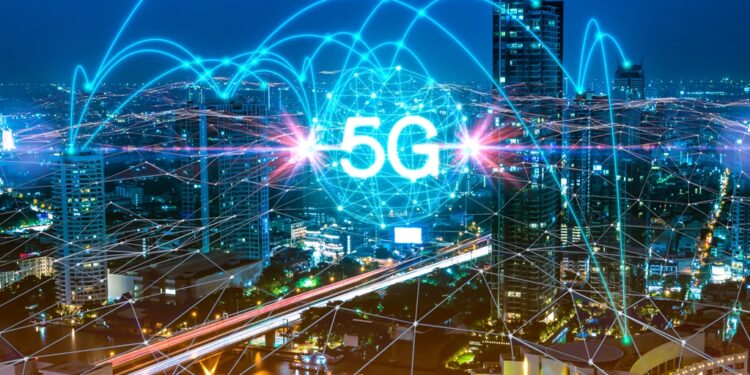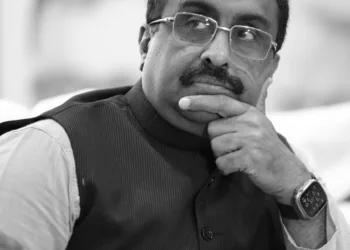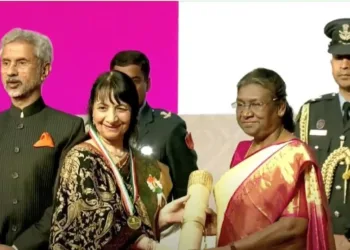The telecom industry needs to come up with ₹1.5-2.5 lakh crore investment in the next two years towards infrastructure development to facilitate effective roll-out of 5G services in India
B. Shekhar
When the Covid-19 pandemic struck India in 2020, the true colours of the digital divide became strikingly visible. The stark picture was that students, especially in the rural belts, had to climb trees to get strong enough internet signals to attend classroom lectures or write exams.
But things started changing very rapidly. The Internet Service Providers (ISPs), who until then had been into merely raking in the moolah from customers without bothering about service, started improving their network speeds by building digital infrastructure so that they could retain customers. At the close of 2021, the digital infrastructure had improved manifold.
Expanding the digital network was extremely important in 2020 because broadband networks became lifelines due to the unforeseen requirement to work, learn and shop remotely. Stay-at-home orders, endless video calls, collaboration sessions and home-based education for students of all ages put networks to the test, and the wireless industry stepped up to meet the capacity needs. In some cases, the flexibility offered by virtualised networks enabled additional capacity quickly. Whether deployed in fixed wireless or hotspot applications, ISPs successfully demonstrated ability to deliver adequate wireless broadband access.
Even tech honcho Kris Gopalakrishnan, former Infosys chairman, commented that during the pandemic there had been massive acceleration and adoption of digital technology in everybody’s life. He said: “The digital transformation which would have happened in five years has occurred in just five months—be it e-com, WFH, consumption of digital content, financial transaction, business and so on. The pandemic literally exposed and amplified the digital divide in our country. In this backdrop, I strongly feel that access to internet and technology access devices be made a fundamental right to every citizen of our country.”
Internet speed was a major issue. But, with the digital infrastructure network build-up in the past two years, India is now ranked 117th in Ookla’s Speedtest Global Index for mobile broadband while it stands 70th for fixed broadband. The average mobile download speed was 13.41 Mbps for July 2022.
But the question now is will the speed ranking for India dramatically improve with the deployment of 5G networks. The answer is obviously yes. But that comes with a cost for the ISPs.
According to a CRISIL study, the telecom industry needs at least ₹1.5-2.5 lakh crore investment in the next two to three years towards infrastructure development to facilitate meaningful roll-out of 5G services given that India’s fibre layout is much below the required levels. The 5G network infrastructure will need to support up to 10 times more bandwidth than 4G infrastructure currently supports.
It forecasts: “The low level of fiberisation at present will necessitate network capex of Rs 1.5-2.5 lakh crore in the next 2-3 years. The fiberisation is just about 35.11 percent in India as of June 2022. More than 3 lakh km has to be covered at the pan-India level between fiscal 2023 and 2025.”
It is indeed a gargantuan financial deployment for Indian telecom operators. But experts indicate that, considering the quick Rate Of Return (ROR), the ISPs, especially the cash-rich Reliance Jio and Airtel, will not hesitate to pump in the required capex as the appetite for the internet is ever-growing across the country and more so in rural areas.
5G Players in India
India’s biggest ever auction of airwaves ended on August 2, 2022, when Mukesh Ambani’s Reliance Jio emerged as the largest bidder for the 5G spectrum, acquiring half of all the airwaves sold in the auction for ₹88,078 crore. Gautam Adani’s group, whose entry in the auction was billed by some as another flashpoint in the rivalry with Ambani, paid ₹212 crore for 400 MHz, or less than 1 percent of all spectrum sold, in a band that is not used for offering public telephony services. Telecom tycoon Sunil Bharti Mittal’s Bharti Airtel made a successful bid of ₹43,084 crore, while Vodafone Idea Ltd bought spectrum for ₹18,799 crore.
According to the latest statement by Union Telecom Minister Ashwini Vaishnaw, 5G networks will become operational in 20-25 cities and towns by the end of this year. The government has auctioned over 72,000 MHz, or 72 GHz, of airwaves with a validity of 20 years.
Network operators appear confident in 5G’s abilities, as they are expediting deployments, signalling that the industry is commercialising 5G faster than prior technologies.
While there are competing 5G applications for consumers in the offing, ISPs expect 5G to have an even more significant impact on the enterprise. Various enterprise verticals ranging from manufacturing to healthcare to logistics are actively exploring the benefits of 5G in both public and private networks. Many enterprise applications require the ultra-low latency, reliability and capacity offered only by 5G. These use cases include fault detection in manufacturing plants, real-time security analysis and analytics and automated guided vehicles in distribution centres.
For the record, back in 2018 when India’s National Digital Communications Policy was launched, the document emphasised the importance of 5G when it stated that the convergence of a cluster of revolutionary technologies including 5G, the cloud, Internet of Things (IoT) and data analytics, along with a growing start-up community, promised to accelerate and deepen digital engagement, thereby opening up new horizons of opportunities in India.
Rollout of 5G in India
The earliest player in the telecom market, Airtel, has already confirmed that it will begin its 5G rollout in September 2022, while its staunch rival, Reliance Jio, is also expected to announce the date of its launch.
Contrary to popular belief, 5G roll-out by the telcos will not result in widespread change immediately. Like the initial rollout of 4G, expect a gradual increase in 5G services and adoption in the country. According to reports, Airtel will begin its rollout with 5G, hitting 1,000 towns and cities across the country, while Jio is expected to hit 5,000 towns and cities in the initial rollout.
As for tariff increase, it is expected that the 5G users will have to shell out about 15-25 percent more for the latest mobile technology. “It is possible that there could be another price hike in 2022. Certainly, at some point, a price hike will take place,” Vodafone Idea CEO Ravinder Takkar had said while announcing the revenue for the third quarter of the financial year 2022.
Bharti Airtel MD and CEO for India and South Asia Gopal Vittal had similar thoughts to share: “I do expect a tariff hike sometime in 2022.”
The Production-Linked Incentives (PLI) schemes for mobile handsets, telecom equipment and the launch of the India Semiconductor Mission is expected to help build a strong ecosystem for the launch of 5G services in India. The time is not far away when India is going to emerge as a leading country in the field of 5G technology and the upcoming 6G technology.
Recently, External Affair Minister S. Jaishankar indicated how far India has moved when it comes to technology integration and adoption across the country. He said he was recently in the US, visiting his son, and they went to a hotel. The management insisted that, before entering the hotel, they show vaccination certificates. He flipped his phone and showed the CoWIN app-developed live certificate while his son showed a tattered certificate tucked in his wallet. He joked, “Such is the state of affairs of the US and its technology adoption at the mass level.”
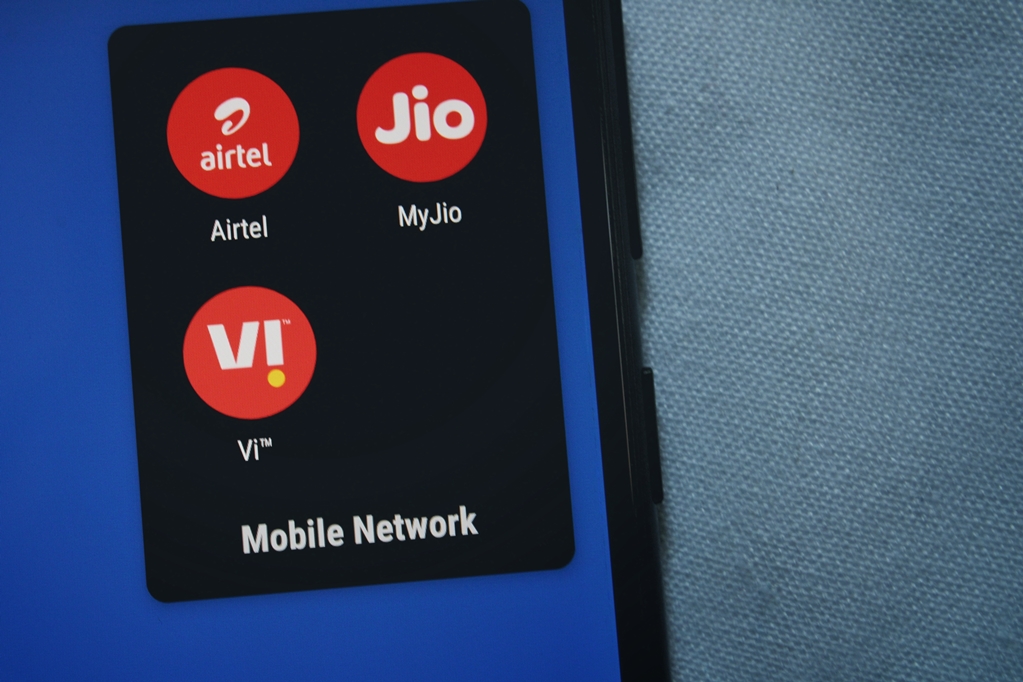
What 5G technology represents
- 5G is the 5th generation mobile network technology. It is a new global wireless standard after the 1G, 2G, 3G, and 4G networks.
- It basically enables a new kind of network that is designed to connect virtually everyone and everything together including machines, objects, and devices. A multifaceted seamlessly integrating network facility.
- Internet speeds in the high-band spectrum of 5G have been tested to be as high as 20 Gbps (gigabits per second), while, in most cases, the maximum internet data speed in 4G has been recorded at 1 Gbps. The technology is superfast.
What 5G tech can do
Broadly speaking, 5G is used across three main types of connected services, including enhanced mobile broadband, mission-critical communications, and the massive IoT.
- Enhanced Mobile Broadband: In addition to making our smartphones better, 5G mobile technology can usher in new immersive experiences such as Virtual reality (VR) and Augmented Reality (AR) with faster, more uniform data rates, lower latency, and lower cost-per-bit.
- Mission-Critical Communications: 5G can enable new services that can transform industries with ultra-reliable, available, low-latency links like remote control of critical infrastructure, vehicles, and medical procedures.
- Massive Internet of Things: 5G is meant to seamlessly connect a massive number of embedded sensors in virtually everything through the ability to scale down in data rates, power, and mobility—providing extremely lean and low-cost connectivity solutions.
- Combined with IoT, the cloud, big data, Artificial Intelligence (AI), and edge computing, 5G could be a critical enabler of the fourth industrial revolution.
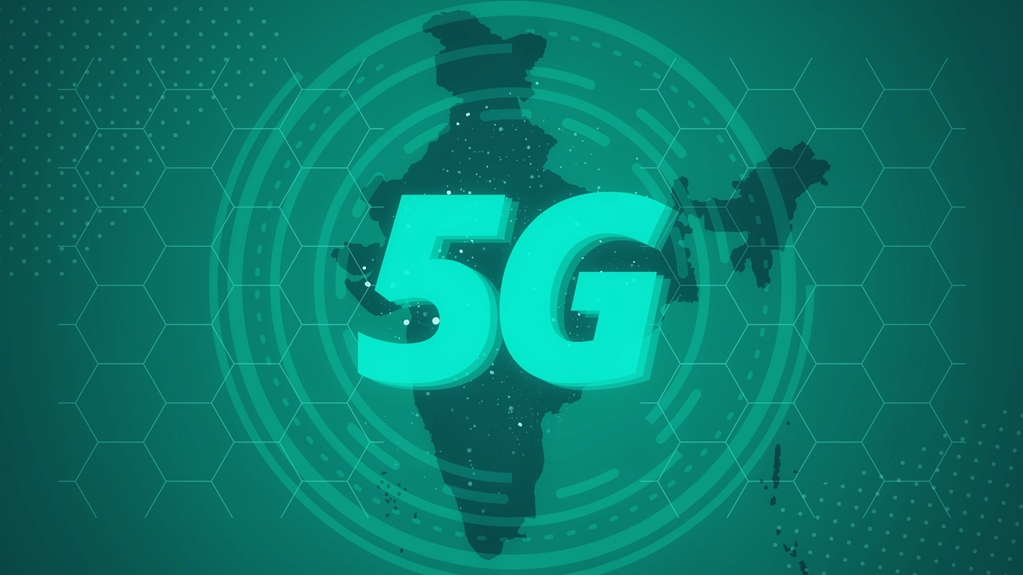
Not easy to roll out 5G in India
Low Fiberisation Footprint: There is a need to upgrade fibre connectivity across India, which at present connects only 30% of India’s telecom towers. For efficient 5G launch and adoption, this number has to double.
‘Make in India’ Hardware Challenge: The ban on certain foreign telecom original equipment manufacturers (OEMs) upon which most of the 5G technology development depends, presents a hurdle in itself.
Choosing the Optimal 5G Technology Standard: The tussle between the homegrown 5Gi standard and the global 3GPP standard needs to be concluded to hasten 5G technology implementation.
While 5Gi brings obvious benefits, it also increases 5G India launch costs and interoperability issues for telcos.
Boosting Domestic 5G Production: The country needs to encourage and boost its local 5G hardware manufacturing at an unprecedented rate if it needs to realise the 5G India dream.
Bridging the Rural-Urban Gap: 5G can be deployed at different band spectrums and at the low band spectrum, the range is much longer which is helpful for the rural areas.
Setting up of Private Captive Networks: This will spur a new wave of innovations in Industry 4.0 applications such as machine to machine communications, IoT, and AI across automotive, healthcare, agriculture, energy, and other sectors.
(The writer is a Bengaluru-based senior journalist.)


